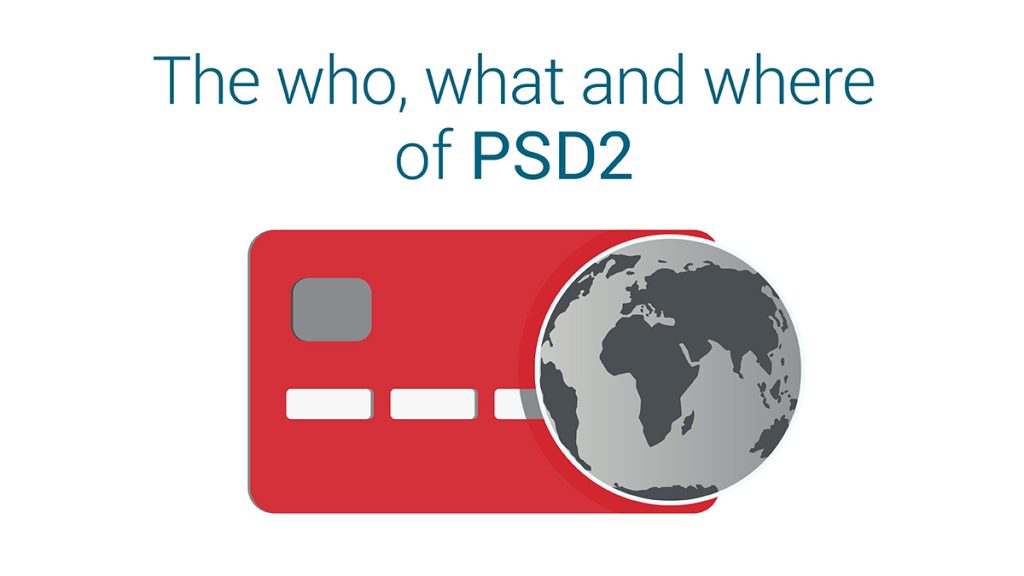Based on an EU directive administered by the European Commission, PSD2 (second Revised Payment Services Directive) regulates payment and service providers all over the European Union (EU) and European Economic Area (EEA).
Or, download the infographic: 7 things to know about PSD3 and PSR
The main purpose of PSD2 was to increase all-encompassing European cooperation and further participation in the payments industry, including non-banks. This gives equal opportunities for better consumer protection, as well as the rights and responsibilities of payment users and providers.
PSD2 objectives
The two key objectives of the PSD2 decree work to create a more cohesive Euro payments market and add equivalent rules between banks and fintechs which give them a level playing field. This makes for a safer payment system that is more secure for customers in the long run.
Open banking (aka PSD2)
It may seem confusing, but in Europe the term open banking is also identified as PSD2. The real result is that the biggest banks globally have to open up their data. For consumers, this means changes in the ways we use and move our money around are affected.
What exactly is open banking or PSD2?
With the need for data to be released securely, PSD2 enables data to be shared seamlessly between organizations that are authorized online. For example, this data can include simple records, including banking products, or wondering where your branch or location is located.
Since PSD2 went live in 2017, more ease and simplicity have been implemented regularly. Lately, the most important release involves transaction data.
Keep in mind…
Keep in mind that banks are the sole authority of holding records of all that we spend, from gas bills to travel. PSD2 makes it simpler to pass all this information around to third parties in a secure manner.
The bottom line is that PSD2 is a method of easing data sharing. With open banking vs PSD2, the basic difference is that PSD2 requires the banks to open up all their data to third parties, but open banking requires a regular layout.
Other perks to PSD2
PSD2 makes it much easier to have a full view of your finances, as well as get a loan and pay items online. Additionally, PSD2 combats online fraud payments while providing more stringent security measures for online payments.
Requirements to PSD2
PSD2 requires that banks provide third parties that are qualified automated access to customer transaction accounts (this includes corporate and retail).
By having access to other sources from other banks to retail organizations, the PSD2 goal is to provide higher security and lower costs to the consumer. Better flexibility is what PSD2 is all about.
PSD2 has a complicated regulatory architecture from security and transparency to pricing and consent from customers. As a regulation, the PSD2 is a start towards a more open economy where banks and Fintechs can safely provide more services to customers.
Yet, the challenge of open banking is much greater: it must transform banks into a digital platform that brings together several secure services, and this is what we will see in the years to come.
Discover keys to successful adoption of APIs in financial services.

Follow us on social